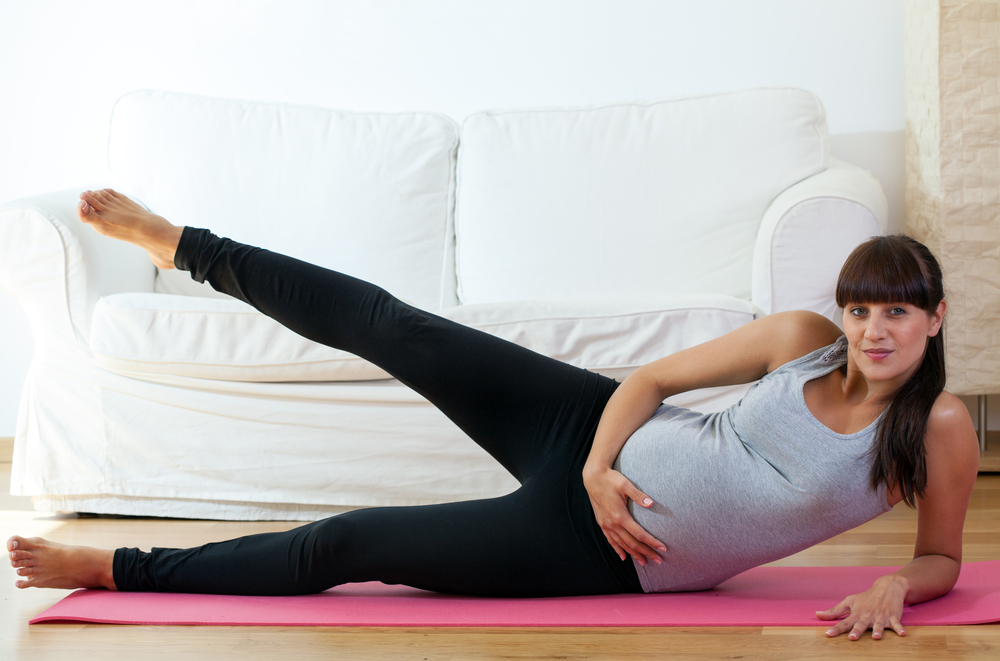Family Activity, Pregnancy
Exercising when Pregnant
 This is an important discussion to have to make sure Mum & Bub exercise correctly during those fabulous 9 months!! It is important to remember everyone is different and it is important to be at a comfortable level that YOU are happy with.
This is an important discussion to have to make sure Mum & Bub exercise correctly during those fabulous 9 months!! It is important to remember everyone is different and it is important to be at a comfortable level that YOU are happy with.
Enjoy the read…..
- Check with your healthcare provider first
If you exercised regularly before getting pregnant and your pregnancy is uncomplicated, you can most likely continue working out as before. In some cases it’s not ok to exercise during pregnancy so talk to your doctor about your fitness routine to make sure your activities don’t put you or your baby at risk.
- Take in extra calories
Exercise burns calories, so make sure to eat well to help nourish and strengthen your body. While you’re pregnant, you’ll naturally gain weight as your baby grows. The amount you’ll need to gain will vary based on your pre-pregnancy weight.
If your body mass index (BMI) is in a healthy range (between 18.5 and 24.9), you’ll need to eat 300 or so more calories a day than before you were pregnant – and probably more than that if you’re exercising. If you’re underweight or overweight you may need to gain a little more or a little less than someone with a healthy BMI and adjust your calories accordingly.
Your doctor will monitor your weight as your pregnancy progresses and can help you figure out how to keep your weight gain on track through diet and exercise.
- Steer clear of dangerous sports
Avoid contact sports, as well as activities that might throw you off balance. Regular cycling early in your pregnancy should be okay if you’re comfortable on a bike, but it’s probably best to stick to stationary or recumbent bikes later in pregnancy.
Even if you’re normally graceful, keep in mind that during pregnancy the increased levels of the hormone relaxin, which relaxes pelvic joints in preparation for childbirth, loosen all ligaments and joints, making you more susceptible to sprains and injury from falls.
- Wear the right clothes
Wear loose-fitting, breathable clothing. Dress in layers so it’s easy to peel off a layer or two after you’ve warmed up or if you feel too hot. Make sure your maternity bra offers enough support, and choose athletic shoes that fit your feet properly and offer good support. If your shoe size has changed because of mild swelling, stash away your pre-pregnancy runners and buy a new pair.
- Warm up
Warm-ups prepare your muscles and joints for exercise and build your heart rate up slowly. If you skip the warm-up and jump into strenuous activity before your body is ready, you could strain your muscles and ligaments and experience increased post workout aches and pains.
- Drink plenty of water
Drink water before, during, and after exercising. Otherwise, you can become dehydrated, which can cause contractions and raise your body temperature, sometimes to levels that are dangerous for you and your baby.
- Don’t lie flat on your back
Avoid lying flat on your back after the first trimester. This position puts pressure on a major vein called the vena cava, which will reduce blood to your heart and may diminish blood flow to your brain and uterus, making you dizzy, short of breath, or nauseated.
Some women are comfortable in this position well into their pregnancies, but this isn’t necessarily a good gauge of whether blood flow to the uterus is affected. Placing a pillow under your right hip or buttock will allow you to be almost supine without compressing the vena cava.
- Keep moving
Standing in one place for prolonged periods – as when you’re lifting weights or doing yoga poses – can decrease blood flow to the uterus and cause blood to pool in your legs, making you dizzy. Keep moving by switching positions or walking in place. A simple stroll to the shops to look at that Designer Baby Wear for your bub will keep the blood circulating.
- Don’t overdo it
Don’t exercise until you’re exhausted. A good rule of thumb: Slow down if you can’t comfortably carry on a conversation. In general, the best guideline is to listen to your body. When something hurts, that means something’s wrong, so stop. You should feel like you’re working your body, not punishing it. Rest is very important, before you know it your little one will be in their Toddler Shoes and you will be running around after them! Take it easy when you can!
- Don’t get overheated
Avoid letting yourself get too hot, especially during the first trimester when your baby’s major organs are developing. The increased blood flow and higher metabolic rate that happen when you’re pregnant mean you’ll feel warmer than usual, and doubly so when you exercise. And since feeling warm is common in pregnancy, you may get overheated much faster than you normally would, even before your belly is big. Signs of being overheated are largely individual, but pay attention if you’re sweating a lot or feel uncomfortably warm, nauseated, dizzy, or short of breath. To cool off quickly, stop exercising, take off layers, and change your environment: Seek out air conditioning or step into a cool shower. Hydrating is key, too, so drink lots of water.
- Get up from the floor slowly
As your belly grows your centre of gravity shifts. That’s why it’s important to take great care when you change positions. Getting up too quickly can make you dizzy and may cause you to lose your footing and fall.
- Cool down
At the end of your workout, take five to 10 minutes to walk in place and do some pregnancy friendly stretching. This will allow your heart rate to get back to normal and help to prevent sore muscles.
- Make it a habit
Make a commitment to work regular exercise into your schedule. Keeping up a routine is easier on your body than long periods of inertia interrupted by spurts of activity. Activity can be a gentle walk to that Baby Clothing Boutique to pick out that baby boy outfit or baby girl outfit or alternatively it can be a brisk walk to your local Australian Memorabilia shop in search of that unique Australian Gift.
